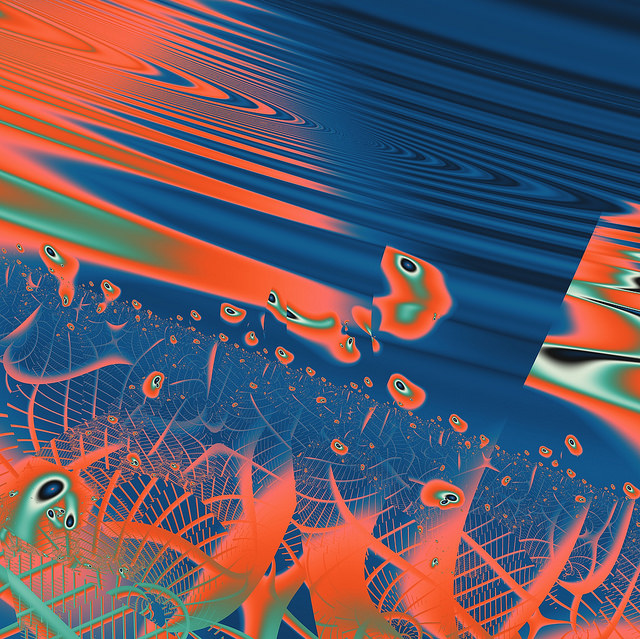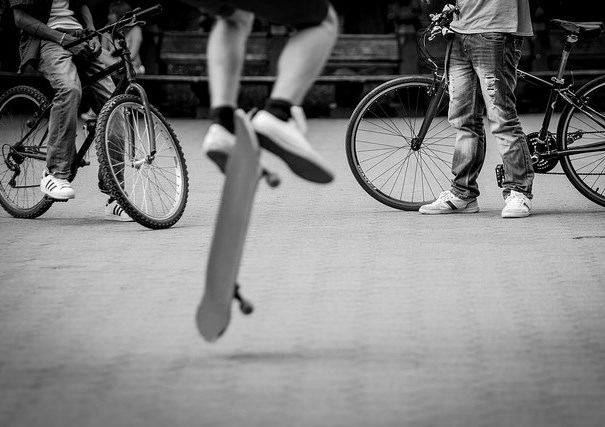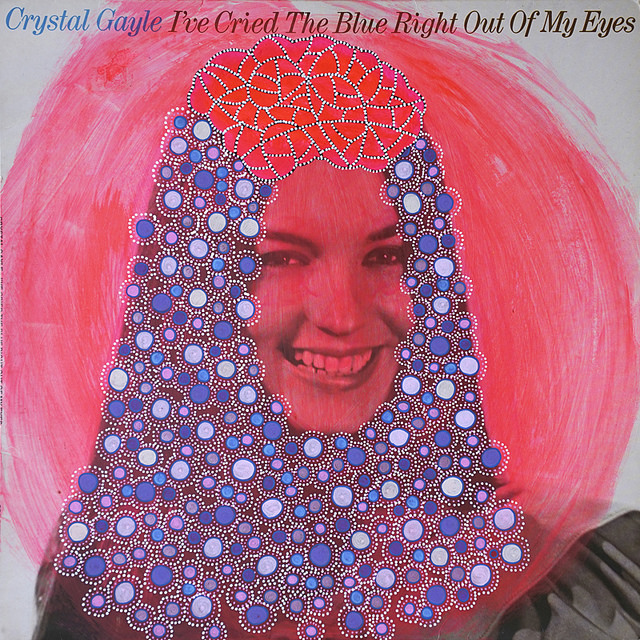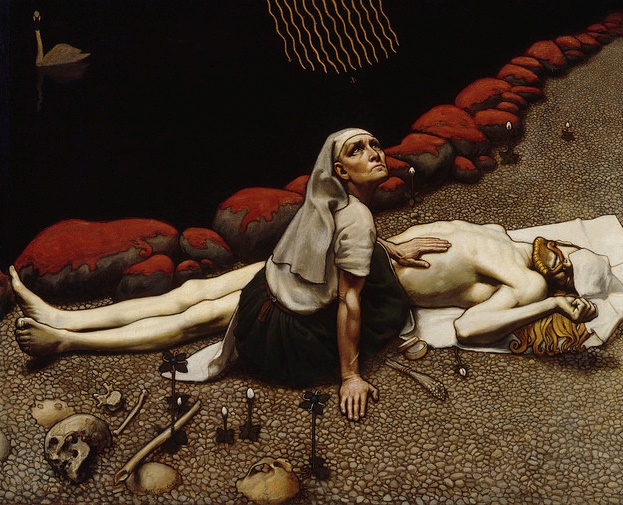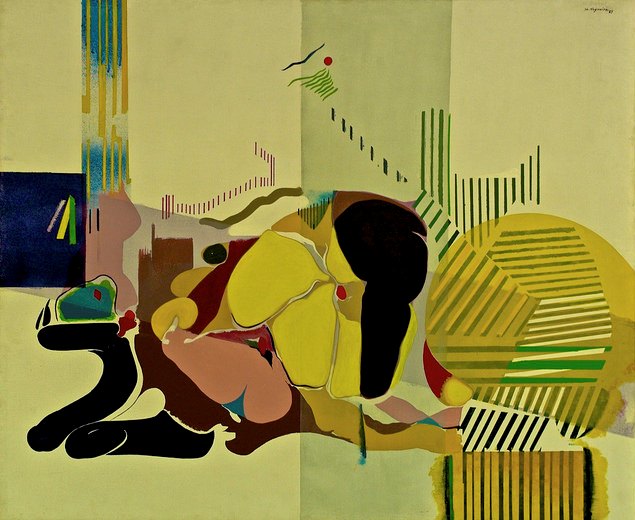On the macro “meh” feeling and dragging my feet.
The hedonic treadmill. I’ve been thinking about it a lot lately. How many of us are just trudging forward? We convince ourselves that we’re making progress, making a better life, but actually we’re walking in place on a level surface. Getting nowhere.
It’s like a depressing scene out of The Phantom Tollbooth, meant to teach clever children to temper their expectations.

In case you aren’t familiar, the “hedonic treadmill” concept refers to a set point for contentment, or ennui arising from personal stasis, or some combination thereof. Here’s an explanation from Shane Frederick (bona fide Yale professor! for whatever that’s worth):
The lack of evidence for a relation between objective circumstances and reported well-being has given rise to the concept of a hedonic treadmill, on which humans’ happiness remains stationary, despite efforts or interventions to advance it. The metaphor is also interpreted to mean that humans’ happiness will decline if their material circumstances remain constant.
When I reflect on my state of mind over the past couple of years, it’s obvious that I’m on the hedonic treadmill. My current life is sooooo superior to its previous iterations, and yet I feel existentially dissatisfied.
I’m cheerful enough on a moment-to-moment basis, but ambition is pressing on my back all the time. Constantly I feel driven to do better, to be better. When I accomplish a goal that I’ve been driving toward, the joy is fleeting.
Do I need improve at actively appreciating what I already have?
Counting your blessings as a hedonic treadmill mitigation strategy? "Everything she listed eased her irritation into a smaller, tighter package, until she was able to get rid of it altogether." Screenshot from my @readwiseio email of the day. pic.twitter.com/KdqJWT5Hgf
— Sonya 🌐 Mann (@sonyaellenmann) March 2, 2018
Shane Frederick again:
The conclusion that material circumstances have no effect on welfare seems implausible and objectionable, because it implies that economic inequality is irrelevant, that the poor would be no better off if they were rich. [But] data showing that subjective ratings of happiness remain constant despite objectively improving circumstances could instead be explained by a satisfaction treadmill, whereby improving circumstances lead individuals to adopt successively higher aspirations for the amount of enjoyment they regard as acceptable.
I guess the idea of a satisfaction treadmill is marginally less despair-inducing. You develop higher standards! That’s an improvement right????? But if it doesn’t improve your subjective experience, what’s the point.
How about you, dear readers? Do you feel like you’re on the hedonic treadmill? Or a satisfaction treadmill, or some other mood-related gym equipment, like an elliptical? Hedonic weightlifting with progressive overload would be the best thing, I suppose.
Please recommend strategies for coping with persistent internal discontent. (I know, I know, I should meditate.)
Originally posted on Substack.
